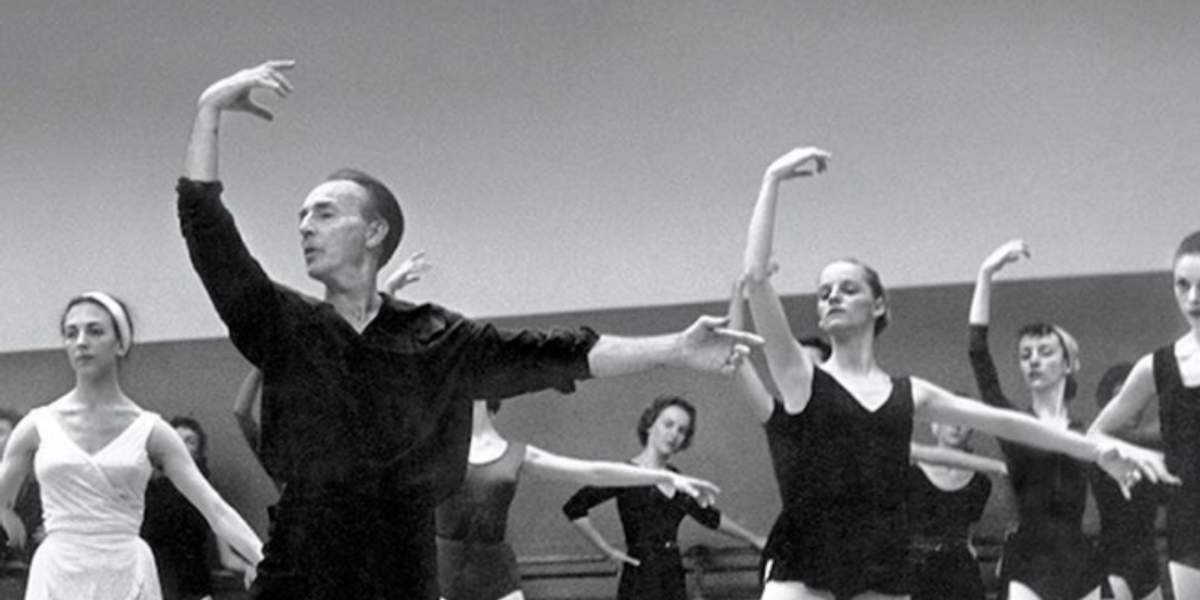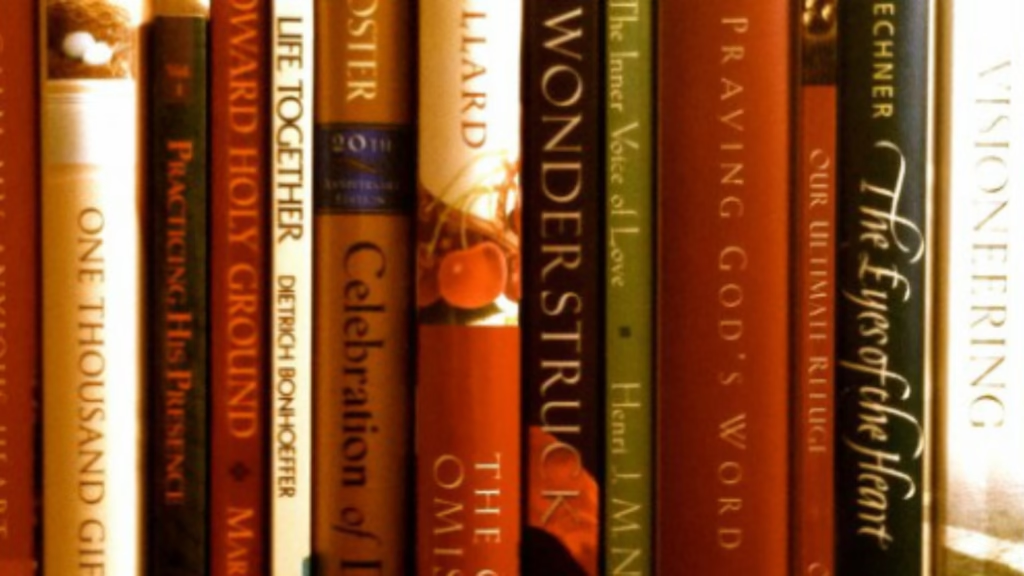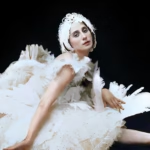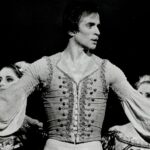Vaslav Nijinsky – One of the Leading Dancers and Choreographers of the Ballets Russes History

Vaslav Nijinsky stands as a monumental figure in the world of ballet, revered not only for his extraordinary dancing prowess but also for his innovative choreography that redefined the art form. Born at the tail end of the 19th century, he emerged as a vibrant cultural icon, captivating audiences with performances that transcended the traditional boundaries of ballet. His dynamic interpretations and unique vision left an indelible mark on the art of dance, forever changing how it is perceived and performed. This article delves deep into the life and legacy of Nijinsky, exploring the nuances of his artistry, the pressures he faced, and the profound impact he had on the world of ballet.
The Early Life and Influences of Vaslav Nijinsky

The formative years of Vaslav Nijinsky’s life were filled with artistic influences that would shape his future in dance. Born in 1889 in Kiev, Ukraine, to Polish parents who were both dancers, he was immersed in the world of performance from a young age.
A Childhood Steeped in Dance
Nijinsky’s early exposure to dance was pivotal in nurturing his talent. Growing up in a family of performers, he was surrounded by the beauty and discipline of ballet. His mother, a talented dancer herself, recognized her son’s potential and encouraged him to pursue dance professionally.
As he trained rigorously at the Imperial Ballet School in St. Petersburg, he honed his skills, blending classical techniques with his innate flair. These early experiences cultivated not just a dancer, but a performer whose artistic sensibilities were shaped by the rich tapestry of Russian culture and the avant-garde movements emerging in Europe.
The Influence of Ballets Russes
In the early 20th century, Nijinsky became one of the star dancers of the Ballets Russes, a groundbreaking ballet company led by the visionary Sergei Diaghilev. This collaboration would prove transformative for Nijinsky’s career.
Ballets Russes was known for its innovative productions that challenged conventional norms. Under Diaghilev’s guidance, Nijinsky was given the freedom to explore new styles, pushing the boundaries of what ballet could be. He embraced this opportunity, and his performances began to reflect a bold combination of raw emotion and technical brilliance, paving the way for a new era in dance.
Cultural and Artistic Context
Nijinsky’s rise occurred during a time of significant upheaval and transformation in the arts. The late 19th and early 20th centuries witnessed the emergence of various modernist movements, including Impressionism and Expressionism, which inspired artists across disciplines.
This cultural ferment provided Nijinsky with fertile ground to experiment and innovate. His works often incorporated elements drawn from folk traditions and contemporary music, culminating in a unique style that resonated deeply with audiences. Nijinsky’s influence extended beyond dance, touching upon broader artistic dialogues of the time, creating a fusion of tradition and modernity that characterized his oeuvre.
Masterful Performances and Emotional Expression

Vaslav Nijinsky’s mastery as a dancer was evident in every aspect of his performance. He possessed a rare ability to convey complex emotions through movement, creating an immersive experience for spectators.
The Art of Expressive Movement
Nijinsky’s technique was characterized by fluidity and precision. His command over his body allowed him to execute intricate movements while simultaneously expressing deep emotional narratives. Each performance was a journey, taking the audience through various realms of feeling—from ecstasy to despair.
His role in “The Rite of Spring,” choreographed by Igor Stravinsky, serves as a quintessential example of his expressive capabilities. The ballet broke away from traditional forms, presenting primal themes and raw emotion. Nijinsky’s interpretation shattered expectations, transforming the stage into a visceral landscape where movement spoke louder than words.
Breaking Traditional Boundaries
Throughout his career, Nijinsky continuously challenged the conventions of classical ballet. He rejected the notion that ballet should solely adhere to rigid structures and graceful aesthetics. Instead, he sought to embody the very essence of human emotion, allowing the physicality of dance to convey meaning.
In “The Afternoon of a Faun,” he blurred the lines between the mythical and the real. His portrayal of the faun—a creature caught between desire and solitude—was mesmerizing. Through innovative choreography and nuanced movements, he invited audiences to explore the faun’s internal conflicts, making them feel intimately connected to the character’s plight.
Integrating Music and Movement
Nijinsky understood that dance is inseparable from music. He worked closely with composers like Stravinsky to create harmonious relationships between sound and motion. In “The Rite of Spring,” he ingeniously synchronized the intense rhythms of the score with explosive, earth-shattering choreography.
His approach emphasized the idea that music could serve as an equal partner in storytelling, rather than merely an accompaniment. This synergy opened new avenues for artistic expression, leading to more dynamic and emotionally charged performances. Through his innovative collaborations, Nijinsky elevated the role of music within the realm of dance.
Revolutionary Choreography and Legacy

Beyond his remarkable performances, Nijinsky’s contributions to choreography solidified his status as a revolutionary figure in ballet. His distinctive style and imaginative concepts transformed the landscape of the art form.
Pioneering New Styles
Nijinsky’s work was marked by a fearless exploration of new ideas. He integrated elements from various sources, merging classical ballet with modern influences and folkloric motifs. This synthesis resulted in choreographies that felt fresh and daring, inviting audiences to reconsider their perceptions of ballet.
In pieces like “L’Après-midi d’un faune” and “Les Sylphides,” he introduced a sense of spontaneity and improvisation that infused the traditional ballet vocabulary with new life. His boldness in experimentation paved the way for subsequent generations of choreographers to break free from convention and embrace their creative instincts.
Challenging Societal Norms
Nijinsky’s choreography frequently reflected the societal changes occurring around him. He confronted issues such as sexuality, identity, and human desire, challenging the conservative values of his time. Through his innovative storytelling and provocative themes, he engaged audiences in conversations about the complexity of the human experience.
His approach was particularly radical in works like “The Rite of Spring,” which depicted themes of sacrifice and rebirth in a manner that stirred controversy and conversation. By drawing from the depths of human emotion, he showcased ballet as a medium capable of addressing profound existential questions.
Enduring Influence and Inspiration
The legacy of Vaslav Nijinsky continues to resonate in the world of dance today. His courageous spirit and willingness to challenge norms have inspired countless dancers and choreographers. He laid the groundwork for future innovations in ballet, encouraging artists to embrace individual expression and reinterpret traditional forms.
Many contemporary choreographers cite Nijinsky as a pivotal influence on their work, drawing inspiration from his fearlessness and creativity. His impact extends far beyond the stage, prompting ongoing discussions about the role of the artist in society and the power of artistic expression.
The Turbulent Personal Life of Nijinsky
Despite his towering achievements in the world of dance, Vaslav Nijinsky’s personal life was fraught with challenges. The pressures he faced both creatively and mentally shaped his experiences and ultimately affected his career trajectory.
Psychological Struggles
Nijinsky’s immense talent came with a heavy burden. The intense scrutiny and expectations placed upon him by the public and the artistic community led to overwhelming pressure. As a sensitive soul, he grappled with the weight of these expectations, which began to take a toll on his mental health.
His struggles with anxiety and depression manifested in various ways, complicating his relationships and professional engagements. The cognitive dissonance between his brilliant performances and internal turmoil created a poignant juxtaposition—a stark reminder that even the most gifted artists wrestle with their demons.
The Impact of Fame
As Nijinsky gained recognition, he found himself navigating the treacherous waters of fame. The adulation and admiration were exhilarating, yet they also amplified the expectations thrust upon him. He was seen not only as an exceptional dancer but as a cultural icon whose worth rested heavily on his ability to perform consistently at a high level.
Fame can be intoxicating, but for Nijinsky, it often felt suffocating. The constant demands for perfection and the fear of disappointing his audience contributed to a growing sense of isolation. This paradox highlights the complexities of artistic success, where the accolades can sometimes become a double-edged sword.
The Final Years and Legacy
Nijinsky’s mental health struggles culminated in his eventual withdrawal from the dance world. In his later years, he battled severe psychological issues that led to his institutionalization. Despite the challenges he faced, his enduring legacy remains untainted.
Nijinsky’s story serves as a powerful reminder of the importance of mental health awareness in the arts. His extraordinary talent and tumultuous life encourage us to reflect on the sacrifices made by artists in pursuit of their craft. The art he created continues to inspire, reminding us that beauty often emerges from the depths of struggle.
Conclusion
Vaslav Nijinsky’s life and career encapsulate the complexities of being an artist in a demanding world. He was not only a masterful dancer but a pioneering choreographer who pushed the boundaries of ballet and left a lasting impact on the art form. Nijinsky’s ability to convey deep emotion through movement, coupled with his groundbreaking choreography, revolutionized the landscape of dance.
Yet, beneath the brilliance lay a profound struggle with mental health that underscores the need for compassion and understanding in the arts. His legacy inspires future generations to seek innovation, question conventions, and embrace their individuality while reminding us to engage with the broader conversations surrounding the role of artists in society.
As we reflect on Nijinsky’s journey, we are reminded that the path of an artist is often fraught with challenges, yet it is precisely these challenges that give rise to transformative art. The legacy of Vaslav Nijinsky continues to resonate, driving us to celebrate the courage, vulnerability, and creativity that define the human experience.











